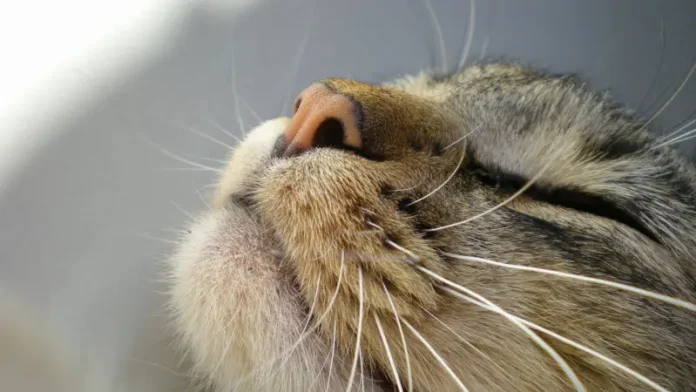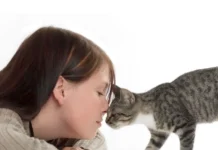Identifying Illness in Cats: 8 Subtle Signs Every Owner Should Know
Caring for a cat comes with many responsibilities, and one of the most challenging aspects is recognizing when your furry friend is unwell. Unlike humans, cats cannot communicate their discomfort with words, making it essential for owners to be observant. Here, we explore the subtle signs of illness that may go unnoticed, along with recommendations on how to respond.

Why It’s Difficult to Spot Illness in Cats
Cats have evolved to disguise their pain and vulnerabilities as a survival mechanism. As solitary hunters, showing weakness can make them vulnerable to predators. This instinctual behavior complicates the task of identifying health issues early.
Common Physical Signs of Illness
Although some symptoms are more apparent, such as:
- Blood in urine, stool, or vomit, suggesting urinary tract disorders or parasitic infections
- Frequent vomiting, particularly if blood is involved
- Diarrhea, which can lead to dehydration and potentially be fatal if untreated
- Constipation, which might also result from hairballs
It’s crucial to contact your veterinarian if you notice any of these signs to ensure your cat receives the necessary care.
Annual Vet Check-Ups Are Essential
Regular veterinary visits are fundamental for early detection of health problems. Cats should see a vet at least once a year, with senior cats or those with health issues requiring more frequent assessments.
8 Subtle Signs of Illness in Cats
Sign #1: Change in Appetite or Thirst
A sudden refusal to eat or drink can indicate pain or illness. Monitor any fluctuations in your cat’s eating habits; a decrease might signal dental issues or internal illness, while an increase could indicate diabetes or hyperthyroidism.
Sign #2: Litter Box Problems
Inappropriate urination can signify a medical issue such as a urinary tract infection. If your cat strains to urinate or defecate without success, seek veterinary care immediately.
Sign #3: Unexplained Weight Gain or Loss
Unexpected changes in weight can be a warning sign of serious conditions, including thyroid issues or even cancer. Remember that in older cats, some weight loss can be normal, but significant changes should be evaluated.
Sign #4: Change in Normal Behavior
Behavioral changes, such as increased hiding, aloofness, or agitation when touched, are significant red flags. Monitor your cat’s daily routines for unusual deviations.
Sign #5: Changes in Grooming Habits
A shift in grooming behavior—either neglecting grooming or over-grooming—can suggest health issues ranging from skin diseases to stress or pain.
Sign #6: Changes in Sleep Patterns
Changes in sleep behavior—from excessive sleeping to unexpected nighttime activity—can indicate underlying health problems. Stay alert to any alterations from your cat’s routine.
Sign #7: Foul Breath
While cats are not known for sweet-smelling breath, a notable foul odor might indicate serious dental issues or even gastrointestinal diseases. Regular dental care can help mitigate these risks.
Sign #8: Altered Vocalization
Increased vocalization from normally quiet cats or reduced noise from talkative cats can signal potential health issues, including anxiety or thyroid problems. Listen for any changes in their vocal patterns.
Conclusion: Staying Proactive for Your Cat’s Health
Being aware of these 8 subtle signs can empower cat owners to detect potential health issues early. If you notice any unusual behaviors or symptoms, consult your veterinarian for a proper evaluation to ensure your cat remains healthy and happy.













